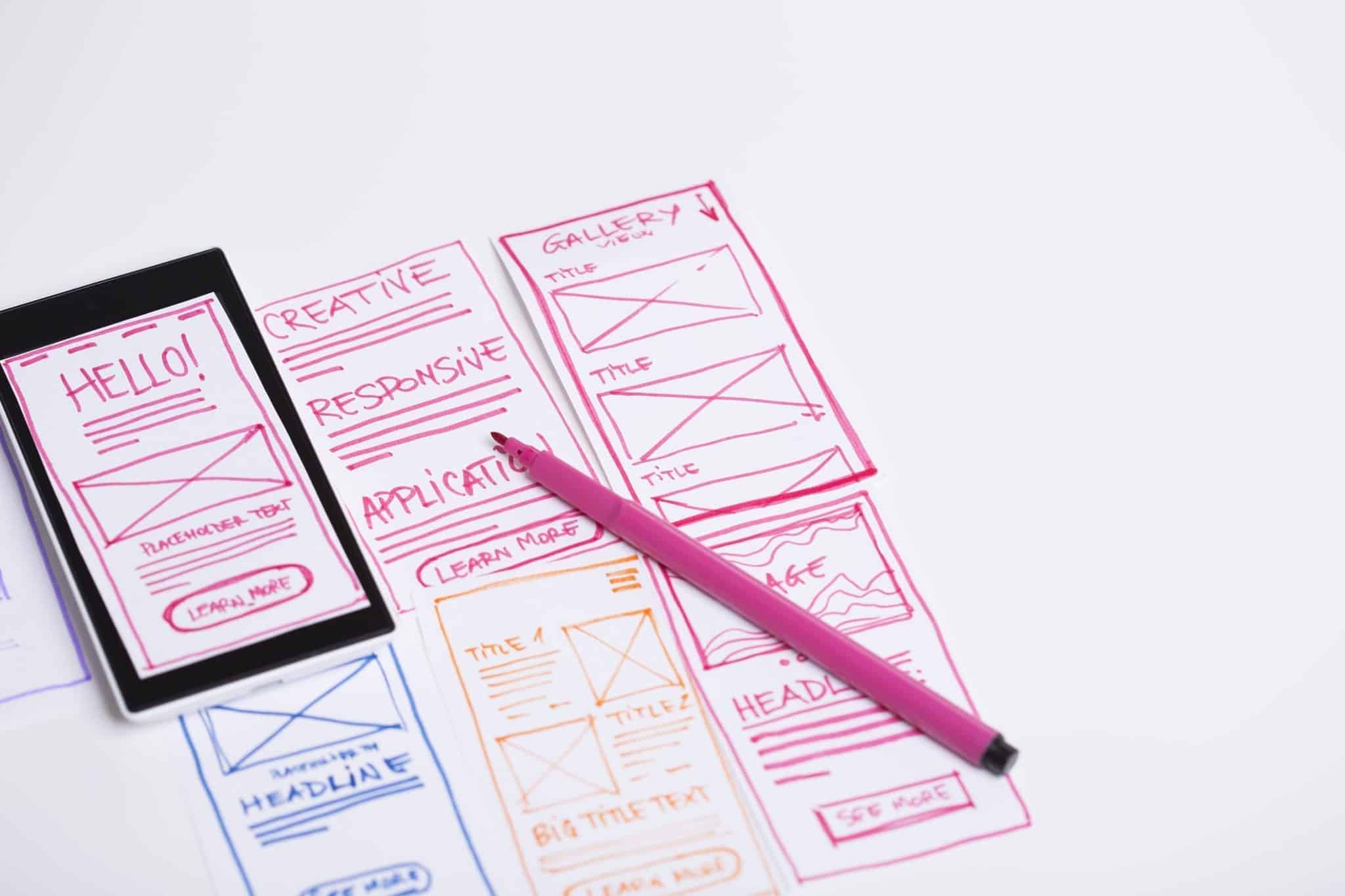How to Design a Business Website for Good User Experience
In this day and age of digital marketing, the importance of good user experience cannot be overstated. The available platform to interact with your customers has seen a paradigm shift in the last few decades.
The traditional method of interacting directly with your customers has been replaced by digital interaction. And, that is precisely what a User Interface allows you to do.
Recent studies suggest optimizing your website’s user interface can increase your sales by about 30%. The same study also shows that a clean and intuitive User Experience can boost your product sale quantity by up to 70% as well.
Over the years, premier business brands around the globe have benefited from optimizing their website to provide a streamlined user experience.
For example, The e-commerce giant Walmart reported a mind boggling 214% increase in their website traffic.
In another instance, the Bank of America reported a 45% hike in their online banking registration after a redesign procedure.
These success stories can be quite overwhelming. But, in reality, the benefits of optimizing your website are not guaranteed. The key to ensuring the best result lies in executing your website’s design aspect to ensure a rich user interface. Any professional web design agency in Manchester should be able to create a good business website without reducing user experience.
How To Ensure a Good User Experience
Keep things simple and basic
The first and foremost crucial component to keep in mind is to stick to the basics and keep things as simple as possible. Stay away from bragging about your impressive command over English vocabulary. No one cares!
Your ultimate aim is to provide relevant information to your audience within the least minimal time frame possible. So, present your content in a way that users can understand easily and take necessary actions quickly. This will both allow users to obtain relevant information they are looking for and boost your product sales as well.
Getting too technical with your product descriptions or website content can make it difficult for users to understand what information you’re trying to convey. That, in turn, can prevent users from interacting with your website.
Thus, for the best-case scenario, it is always ideal to keep things simple and crisp.
Create an intuitive and clutter-free user interface
An easy-to-navigate user interface is another crucial component to ensure a good user experience for your audience. Provide a clutter-free website layout so your customers can understand exactly where they have to click to obtain the relevant information.
Small details such as menu bar should be clearly visible to allow users to quickly navigate through different sections with ease. This is especially true if your website deals with online shopping services. Online shoppers must be able to navigate through different sections without having to scroll through your entire webpage.
Notice that top-tier business establishments such as Amazon stick to a simple and straightforward user interface with minimal clutter. Thus, allowing customers to freely steer through the website and take necessary actions.
Boost your website loading time
The loading speed of your website plays a crucial role in enhancing the user experience of your website. In fact, it is arguably the most critical factor. After all, if the users cannot access your webpage, the entire point of user experience becomes irrelevant.
Recent studies have shown that an astounding number of 47% of visitors exit from websites that take more than 2 seconds to load. The figure is even more significant, with smartphone users with 53% of users opting to exit pages that take longer than 3 seconds to load content.
So, if you’re wondering whether your website loading speed is a relevant aspect, the answer is an astounding YES. The loading time also does apply to not only quick homepage load time, but also the response time of all the small components of your website.
Design your website to ensure that users experience minimal load time when they navigate through different sections within the webpage. This can be achieved mainly by optimizing your webpage content and minimizing the number of additional resources like promotional videos and images.
Optimize your website for different platforms
Over the years, the consumption of online content has shifted from computers (PC) to smartphone platforms. According to the latest statistics, the total number of smartphone users globally is estimated to be around 3.5 billion. Figuratively, that means an absurd number of 45.4% of the total global population are using smartphones.
It is crucial to understand that content optimization for desktop and mobile devices are two different things. Most business owners make the mistake of optimizing their website only for the desktop platform.
The result?
The website runs butter smooth on PC but becomes sluggish on the mobile platform. That, in turn, contributes to an underwhelming user experience. A substantial number of users are likely to access your website using smartphones. Thus, it is ideal to optimize your webpage to maintain a consistently smooth performance across different platforms.
Choose colour schemes carefully.
The aesthetic appeal of your website also plays a significant role in enhancing the user experience. After all, the idea of scrolling through a dull and lifeless webpage is, well, simply boring. A good colour scheme can bring life to your website and also make the users an extra bit more curious and excited to navigate within your webpage.
However, there is a fine line between making your website aesthetically pleasing or creating a sense of chaos. You do not want to coat your website with every bit of colour options available. That can make your webpage appear cluttered and just downright confusing.
Instead, you want to pick a set of specific colours and maintain consistency. This will ensure your website doesn’t appear too dull, but at the same time not too colourful enough to give users a headache.
Conclusion
Designing a user-friendly website is unquestionably one of the most effective methods to improve customer interaction and boost your website traffic as well. Also, contrary to popular beliefs designing a business website for good user experience is not rocket science.
The tips that we have mentioned above will help you get started on designing your website to make it optimally intuitive and ensure a good user experience.





